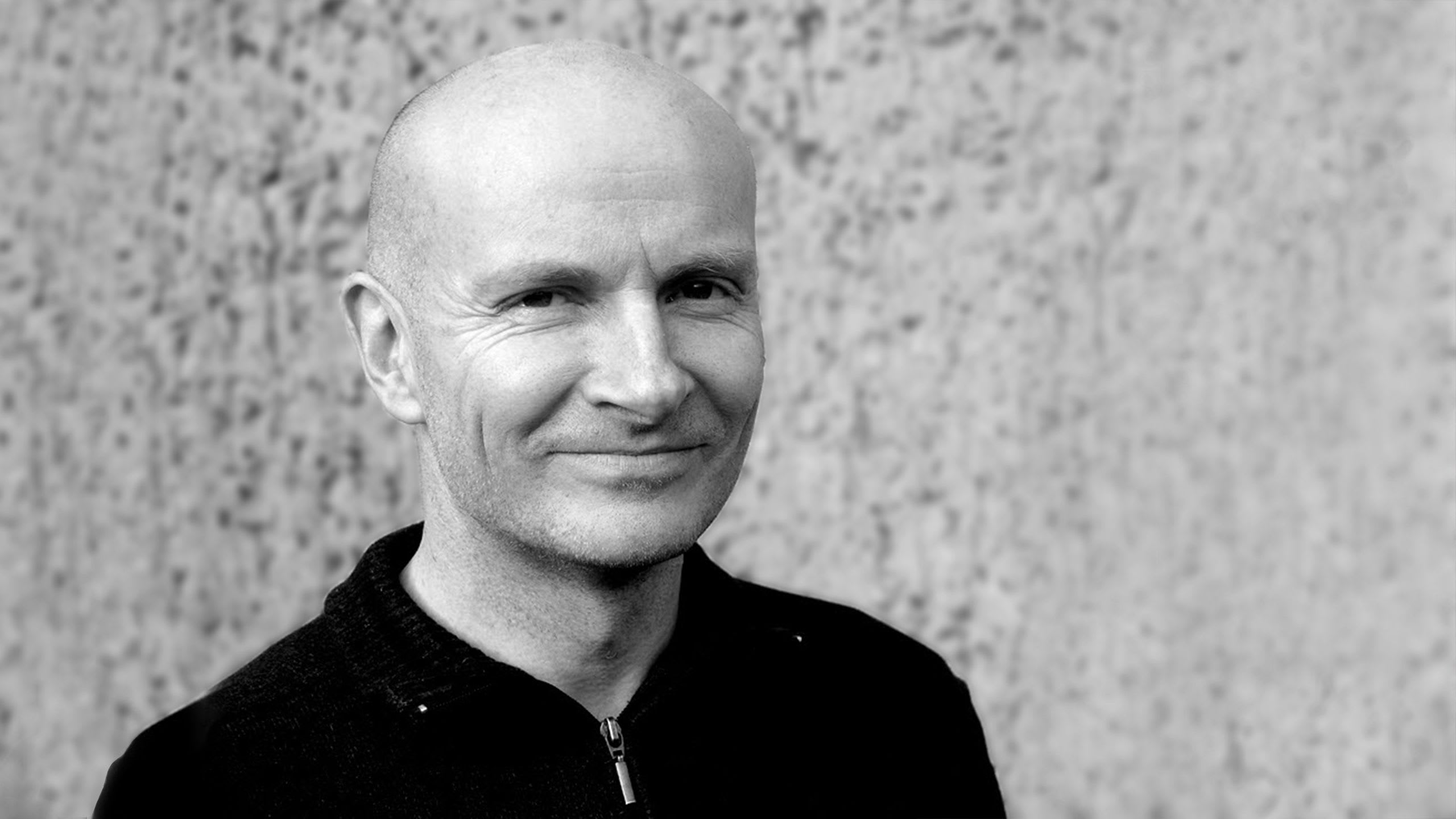Matt DesLauriers is a Canadian-born artist and creative coder now living in London. We sat down to discuss his journey from generative art to NFTs and his upcoming Art Blocks project Subscapes.
JD: Matt, hello! It’s great to learn more about you. How did you first get into making art and creative coding?
MDL: I’ve always been interested in making art, and I’ve been coding since I was a teenager, but several years ago I realized I could mesh these two passions and perhaps foster them into a full-time artistic practice. In 2014, I created a small “sketch” with JavaScript and an HTML canvas, producing an impressionistic autonomous painting from an input photograph. Since then, I’ve continued to expand and explore these generative and algorithmic art processes, and build out tools to help others realize these interests as well.

JD: Yes, your contributions to the community have been significant. How did you end up discovering NFTs/crypto art?
MDL: I’ve been peripherally aware of crypto art for some years (hard to ignore when you follow @artnome!), but never really understood its technical underpinnings or what would make it different than, say, selling a digital image on Etsy. And, when I was first exposed to some of its criticisms, I was vehemently against it. My perspectives began to shift the more I did my own research and learned from others in the community. I began to better understand how these systems operate, what makes them computationally expensive, (and how this is being mitigated), and why decentralized computing can be a great thing for artists. I have come around full circle and now hope to see crypto art continue to evolve and grow in positive ways.

JD: How do you feel your creative practice has changed over time?
MDL: Some things about my practice have basically stayed the same. I’m still “sketching” with JavaScript and Web APIs in the same way that I did all those years back and trying to reveal the beauty in generative and algorithmic processes. The biggest change is in my workflow and teaching. I’ve been open sourcing my tools and libraries (such as: github.com/mattdesl/canvas-sketch) to streamline my work and make it more accessible, and I’ve been running workshops to help introduce generative art to wider audiences.
JD: Any recent accomplishments you’d like to share?
MDL: At the moment I’m working on a generative art inspired web game for the National Film Board of Canada, and we plan on releasing it in the coming months. It’s turned into a huge passion project for me, and I’m really excited to share it with the world.

JD: Alright, let’s get into your Art Blocks project Subscapes. What was your inspiration for the project?
MDL: For my first Art Blocks project, I wanted to create something natural and familiar. The many outputs form a sort of multi-verse of possible worlds. Each landscape sits in its own unique ecosystem of color, structure, and topology. I wanted to create the experience of hunting through landscapes, searching for the moments where all the chaos and generativity of the algorithm aligns to create something sublime.
JD: Is there anything else that collectors should look for as the series is revealed?
MDL: I’ve taken some time to embed a lot of small details in this algorithm, and it will only begin to reveal itself across a large range of outputs. There are many different color modes, rendering styles, terrains, and other features. But I think the most rare outputs will not be based on the coded attributes alone, but how they all happen to align to form something that stands out from the rest.

JD: Yes, I find myself talking to artists all the time about leaving the possibility for reveries in their work, so I’m looking forward to that. Any final thoughts you’d like to share?
MDL: Something I’m really excited about with Art Blocks is the ability to etch my code directly onto the blockchain, to form a sort of “decentralized drawing software.” The Subscapes code has no dependencies and can even run in a command-line terminal. This could open some interesting use cases in the future, such as running Subscapes through a mechanical pen plotter, or creating new emulations and remixes on top of it.
JD: Awesome stuff Matt! What’s the best way for people to follow your work moving forward?
MDL: You can check out most of my work on my Twitter and Instagram.



